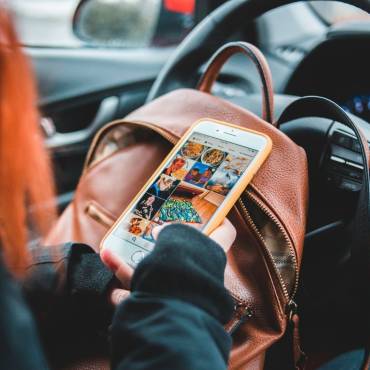Keeping Teens Safe from Prescription Medicines
A National Survey on Drug Use found that most teens who have used prescription medicine accessed it in their own home. Preventing teens from accessing prescription medicines is crucial to ensure their safety and well-being. There are several strategies that parents and caregivers can implement to protect their teenagers (and their friends) from the harms associated with unauthorized prescription drug use.
1. Secure Medications
The first step in preventing teens from accessing prescription medications is to secure them properly. Parents should keep all prescription medicines out of reach and sight of teenagers. Locking them in a medicine cabinet or a dedicated storage box with a combination or key lock is an effective way to deter unauthorized access. This simple precaution can go a long way in preventing impulsive decisions by teenagers.
2. Monitor Medication Inventory
Regularly monitor your medication inventory. Keep track of the number of pills and the expiration dates of each prescription. This practice helps you notice any missing or tampered medication, enabling you to address the issue promptly. Additionally, it can help you identify potential signs of misuse or addiction in your teenager.
3. Educate Your Teen
Open and honest communication is key to preventing prescription drug misuse. Educate your teenager about the potential dangers of misusing prescription medications, including the risk of addiction, overdose, and long-term health consequences. Encourage them to ask questions and share any concerns they may have. Be sure to provide accurate information and address any misconceptions they might have about the safety of prescription drugs.
4. Dispose of Unused Medications Safely
Unused or expired medications should be disposed of safely to prevent them from falling into the wrong hands. Many communities have take-back programs or drop-off locations where you can safely dispose of prescription drugs. If such programs are not available in your area, you can follow FDA guidelines for at-home disposal, such as mixing the medications with an undesirable substance (like coffee grounds) and sealing them in a container before disposing of them in the trash.
5. Set a Good Example
Parents and caregivers should set a good example when it comes to medication use. Ensure that you follow prescribed dosages and use medications only as directed by your healthcare provider. Teens are more likely to mimic the behavior of adults, so responsible medication use can reinforce the importance of prescription drug safety.
6. Watch for Warning Signs
Be vigilant and watch for warning signs of potential prescription drug misuse in your teenager. Some common signs may include changes in behavior, declining academic performance, social withdrawal, mood swings, and unexplained changes in sleeping or eating habits. If you notice any of these signs, address the issue promptly and seek professional help if needed.
Preventing teenagers from accessing prescription medications is a crucial aspect of ensuring their safety and well-being. By taking proactive steps such as securing medications, monitoring inventory, educating teenagers, safely disposing of unused drugs, setting a good example, and watching for warning signs, parents and caregivers can significantly reduce the risk of prescription drug misuse among adolescents. Remember that open communication and a supportive environment are essential in helping teenagers make informed and responsible choices regarding prescription medications. By working together, we can protect our teenagers from the potential harms associated with unauthorized access to prescription drugs.
Drug Free Clubs of America is on a mission to reduce the impacts of drug use in youth. Across the nation, drug and alcohol use is on the rise among teens. We provide students with practical tools and techniques to navigate peer pressure and choose a healthy lifestyle. Partnering with schools and communities, we offer preventative programming to meet students where they are. Through randomized drug testing, educational resources, a positive outlet, and a supportive community, we are changing school cultures and reducing alcohol, marijuana, vaping, and other detrimental activities among our members and the entire school body. Drug Free Clubs of America has over 5,000 student and faculty/staff members and Clubs in over 50 schools in Ohio, Kentucky, and West Virginia.




Add Comment